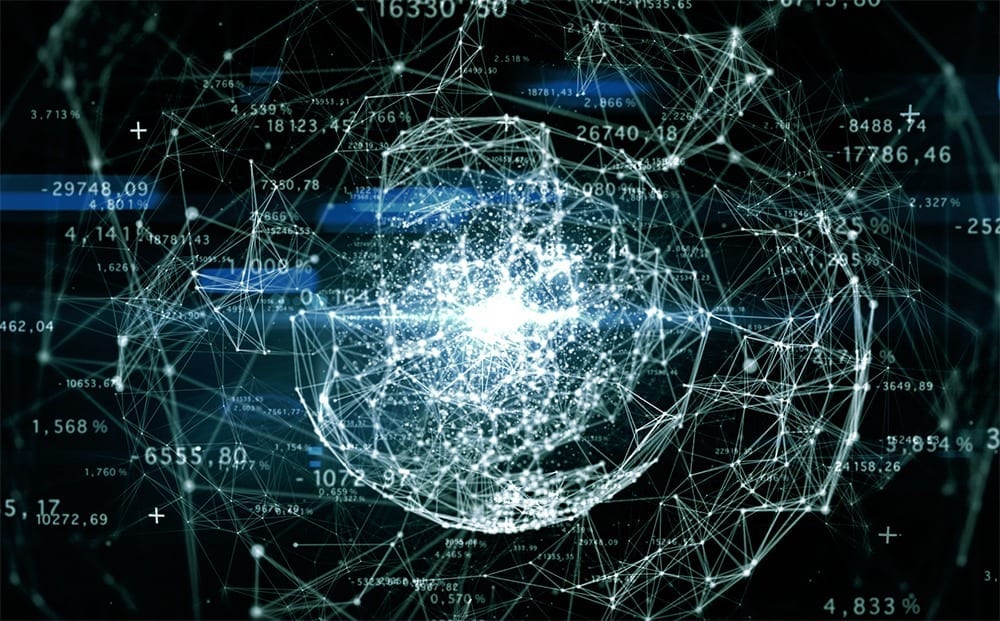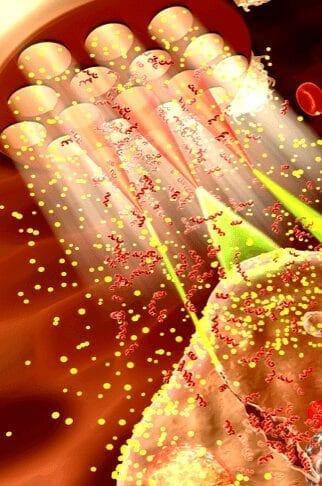
If you have sent email on Google or used Microsoft’s browser or databases, you have touched the technology handiwork of Adam Bosworth.
Mr. Bosworth, a tall and grizzled but still trim 60-year-old, is a Johnny Appleseed of sorts in the tech industry, with a penchant for being intimately involved in the creation of generations of widely used technology.
While it is never easy to predict what the next big thing will be, identifying what Mr. Bosworth is working on is always good for clues. Right now, along with competitors at companies like Amazon and Google, he is building what some call a “data singularity.”
Imagine if almost everything — streets, car bumpers, doors, hydroelectric dams — had a tiny sensor. That is already happening through so-called Internet-of-Things projects run by big companies like General Electric and IBM.
All those devices and sensors would also wirelessly connect to far-off data centers, where millions of computer servers manage and learn from all that information.
Those servers would then send back commands to help whatever the sensors are connected to operate more effectively: A home automatically turns up the heat ahead of cold weather moving in, or streetlights behave differently when traffic gets bad. Or imagine an insurance company instantly resolving who has to pay for what an instant after a fender-bender because it has been automatically fed information about the accident.
Think of it as one, enormous process in which machines gather information, learn and change based on what they learn. All in seconds.
“I’m interested in affecting five billion people,” said Mr. Bosworth, a former star at Microsoft and Google who now makes interactive software at Salesforce.com, an online software company that runs sales for thousands of corporations. “We’re headed into one of those historic discontinuities where society changes.”
It is lofty language, no doubt, but he and others believe they are on the brink of one of the next big shifts in computing, perhaps as big as the web browser or the personal computer.
But building an automated system that can react to all that data like a thoughtful person is fiendishly hard — and that may be Mr. Bosworth’s last great challenge to solve.
It is difficult to say just how big this business could be, but there are two good indicators: Analysts at Gartner estimate that by 2019 retail cloud computing — the data center side of the equation Mr. Bosworth is working on — will double in size, to $314 billion. The sensors on objects will be a $2.6 trillion business, an increase of 250 percent, Gartner estimates.
Read more: Looking Beyond the Internet of Things
The Latest on: Data singularity
[google_news title=”” keyword=”Data singularity” num_posts=”10″ blurb_length=”0″ show_thumb=”left”]
via Google News
The Latest on: Data singularity
- Did Ted Williams' 'red seat' HR really go 502 feet?on April 27, 2024 at 10:59 am
There’s absolutely no shortage of legendary home runs in baseball history, whether we’re talking about Babe Ruth’s “called shot” in 1932, Bobby Thomson’s “Shot Heard ‘Round the World” in 1951, Carlton ...
- Does Pheromone Perfume Actually Work?on April 27, 2024 at 7:54 am
Another way in is through essential oils. Riddle’s Pheromone Oil and the viral Pure Instinct roller work as oil-based skin enhancers. They are long-lasting and very delicate. Since we are often ...
- 6 daily habits that will transform you into a more remarkable personon April 27, 2024 at 2:00 am
Guy Kawasaki and Madisun Nuismer's new book, Think Remarkable has lessons and practices that can help you reach your full potential.
- This Week’s Awesome Tech Stories From Around the Web (Through April 27)on April 26, 2024 at 5:00 pm
“In the world of AI, what might be called ‘small language models’ have been growing in popularity recently because they can be run on a local device instead of requiring data center-grade ... is ...
- Q1 2024 Data I/O Corp Earnings Callon April 26, 2024 at 3:58 am
Good afternoon and welcome to the Data I/O First Quarter 2024 financial results conference call. All participants will be in a listen only mode. After today's presentation, there will be an ...
- Asia’s next war could be triggered by a rusting warship on a disputed reefon April 25, 2024 at 11:00 pm
China claims the vast majority of the South China Sea and has ramped up efforts to prevent the Philippines from providing supplies to the Sierra Madre.
- Is AI About To Replace All Human Writing? Not So Fast | Opinionon April 25, 2024 at 1:33 pm
Given how fast AI tools are improving and how much better they're becoming at writing text that sounds human, many are beginning to wonder how far off we might be from a textual singularity.
- Singular Genomics Systems gets grant for method of preparing and sequencing double-stranded polynucleotide regionson April 23, 2024 at 5:53 am
Discover the innovative patent by Singular Genomics Systems Inc for efficient methods of preparing and sequencing double-stranded polynucleotides using invasion primers. Amplify and sequence with ...
- Data-Defined Software Development: Embracing The Futureon April 19, 2024 at 3:00 am
In an era defined by data, the world of software development is experiencing a profound transformation. The concept of data-defined software (DDS) represents a shift in how we conceptualize, design ...
- Singular Genomics Systems (OMIC) Price Target Increased by 25.93% to 0.87on April 16, 2024 at 6:56 pm
The average one-year price target for Singular Genomics Systems (NasdaqCM:OMIC) has been revised to 0.87 / share. This is an increase of 25.93% from the prior estimate of 0.69 dated March 28, 2024.
via Bing News










